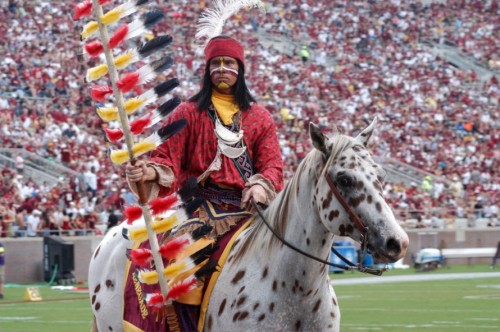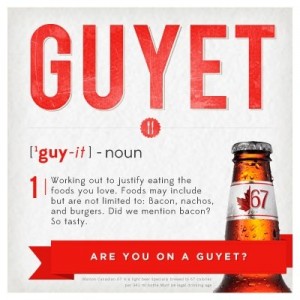 Few people outside of the South know that the first Mardi Gras celebration was held in Mobile, Alabama in 1703, 15 years before New Orleans was a city. A 2008 documentary, The Order of Myths, chronicles the politics of the town’s Mardi Gras celebration today, which remains almost entirely segregated by race. The black and white communities throw two separate Mardi Gras celebrations. In this clip, starting at 40secs, a woman describes this segregation:
Few people outside of the South know that the first Mardi Gras celebration was held in Mobile, Alabama in 1703, 15 years before New Orleans was a city. A 2008 documentary, The Order of Myths, chronicles the politics of the town’s Mardi Gras celebration today, which remains almost entirely segregated by race. The black and white communities throw two separate Mardi Gras celebrations. In this clip, starting at 40secs, a woman describes this segregation:
The documentary isn’t heavy-handed about it, but the film does a wonderful job of showing how race is, isn’t, and is sorta talked about in Mobile. The trailer gives you an idea:
Manohla Dargis, reviewing the movie for the New York Times, tries to capture the uncomfortable co-existence, separation, and choreographed intersections of the black and white communities:
The black queen and king — Stefannie Lucas and Joseph Roberson, both schoolteachers — are cautious yet optimistic about their city and its racial divide. They see change, glimmers of real progress, but they don’t have the luxury of naïveté. Most of the white revelers — including the queen and king, Helen Meaher and Max Bruckmann — all of whom appear significantly wealthier than the black participants, are either vaguely or keenly aware of race. Mr. Bruckmann, a jovial type with the round face of a well-fed baby, and Ms. Meaher, a willowy blonde who’s all but swallowed up by her heavily jeweled costume, are swaddled in privilege, tradition and culture. It’s hard not to notice that every hand that serves them is black.
I highly recommend the film not only for it’s coverage of the role race plays in Mardi Gras, but for it’s portrayal of the unique racial politics of the South more generally.
Lisa Wade, PhD is an Associate Professor at Tulane University. She is the author of American Hookup, a book about college sexual culture; a textbook about gender; and a forthcoming introductory text: Terrible Magnificent Sociology. You can follow her on Twitter and Instagram.







